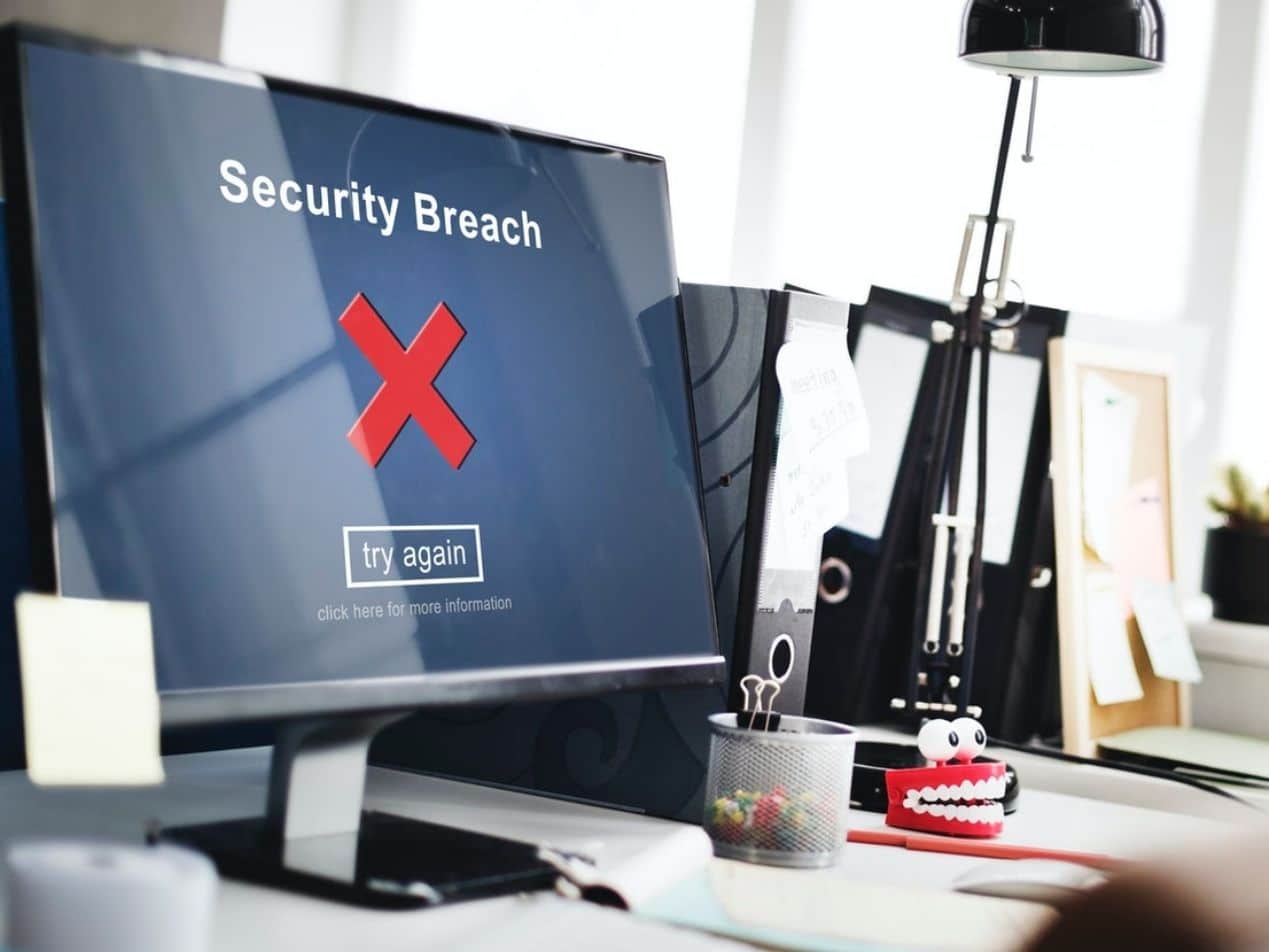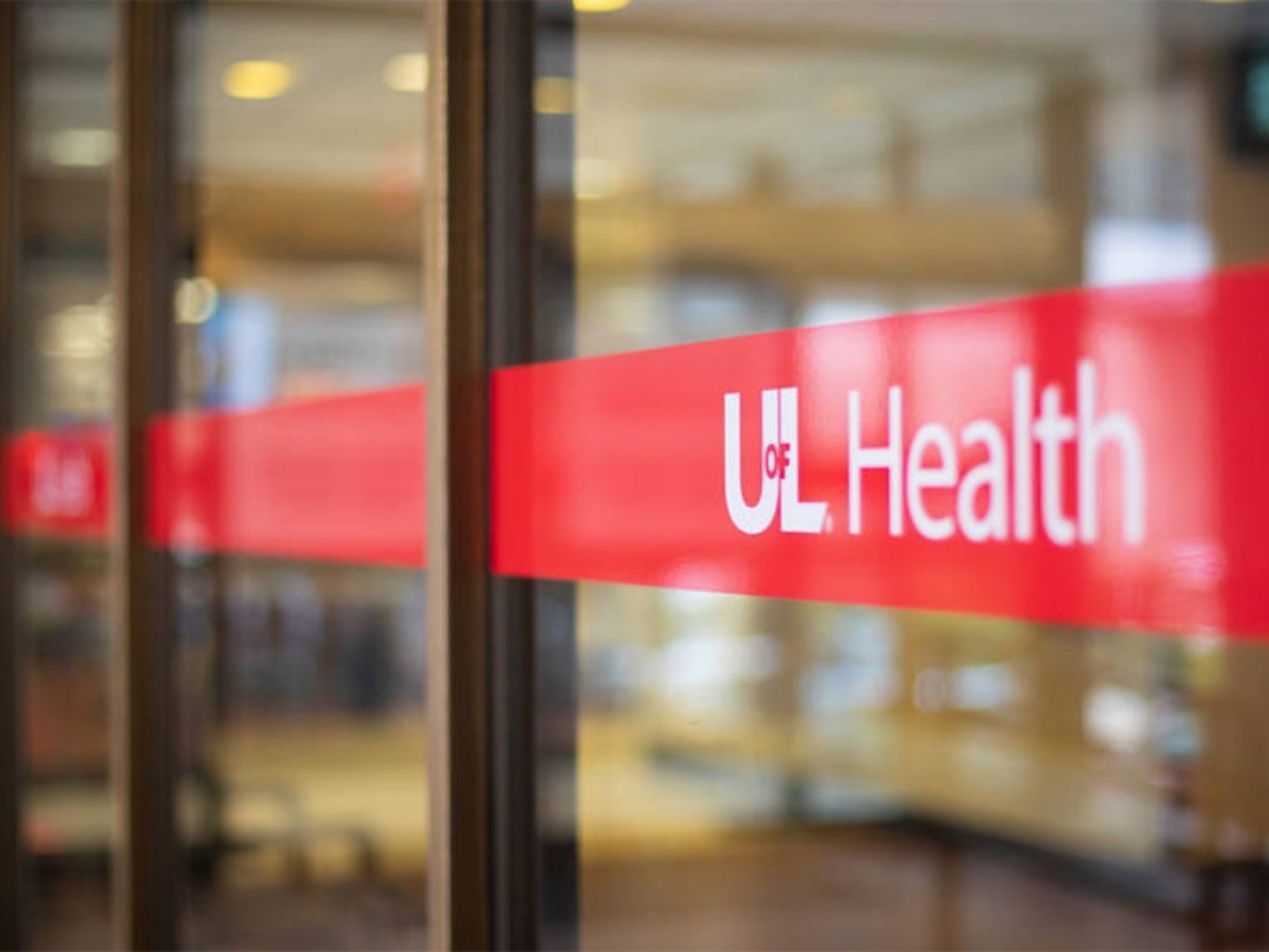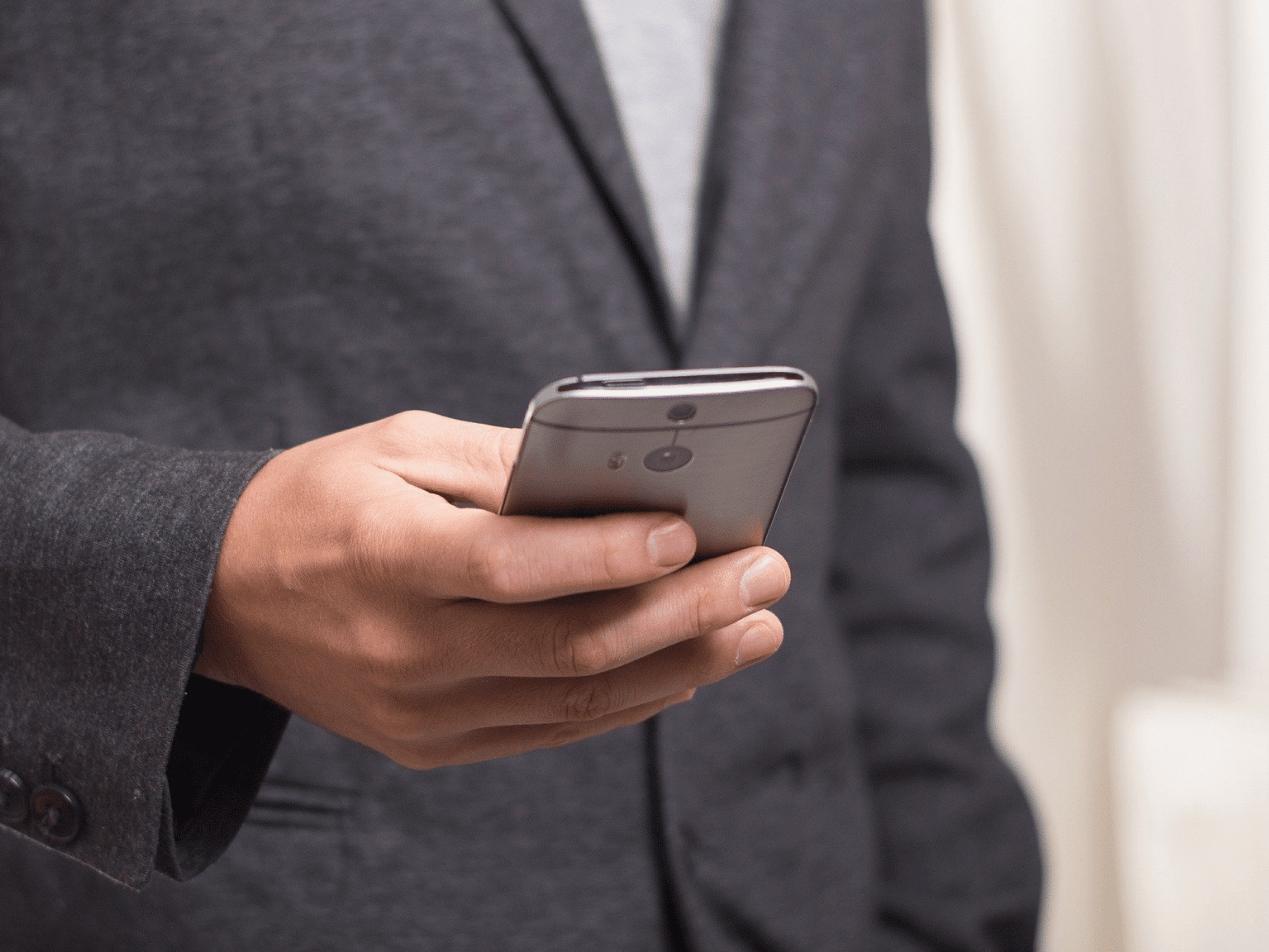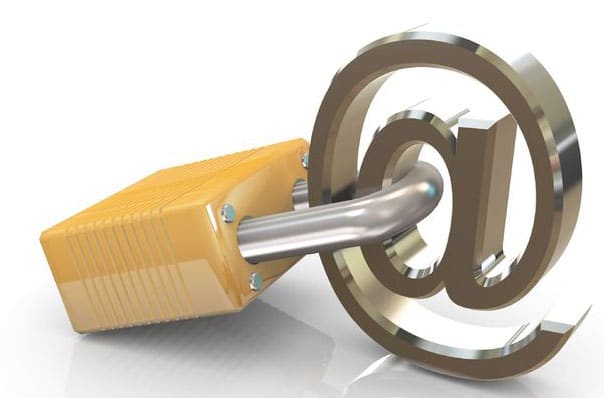
Healthcare data breaches reached a record-breaking new high in 2020. Data from the U.S. Department of Health and Human Services shows that over 1 million people had their data exposed every month last year. While there are many causes of data breaches, hacking and compromised technology was the biggest reason.
The pandemic caused a spike in hacking attempts for hospitals
Hackers saw an opportunity to take advantage of the rapid changes that were occurring when the pandemic started. Healthcare providers were suddenly working remotely and using networks and devices that weren't secure.
SEE MORE: Cybersecurity Risk Management: How Companies Are Responding to COVID-19 and Remote Work
Q3 saw the biggest surge in breaches (although December data is incomplete because of a 60-day reporting window). Q3 saw a 50% increase in daily cyberattacks compared to the first half of 2020. Ransomware attacks against hospitals are dangerous since they can cause patients to not receive life-saving care. A cyberattack in Germany led to a woman's death since she couldn't be admitted to an attacked hospital.
SEE MORE: Cybercriminals are Adapting Ransomware Strategies to Exploit the Current Crisis
Hospitals didn't prioritize investing in cybersecurity
Some hospitals don't have the budget or simply don't prioritize updating their systems. This presents the perfect opportunity for hackers to attack network vulnerabilities. The situation got worse when the pandemic started. Hospitals were canceling elective surgeries and were losing revenue. This led to hospitals being unable or unwilling to allocate money to their IT team to keep their network secure.
SEE MORE: Coronavirus Cyberattacks: How to Protect Yourself
Not prioritizing healthcare security can make a provider more vulnerable to cyberattacks. In the end, it's always worth it to protect your data and keep it safe from unauthorized users.
What you can do to prevent your network system from being hacked?
Cybersecurity needs to be a priority in your budget. Otherwise, you may put yourself at risk of becoming a victim of a double extortion attack and receiving HIPAA fines and corrective action plans . Here are some ways you can keep your network secure:
- Employee training: Humans are vulnerable to becoming a victim of phishing emails. Investing in training on how to recognize scams can boost your security.
- Implement data backups: You can prevent losing data by backing up information offline. Email archiving is another tool to make it easier to recover from a cyberattack.
- Prevent unauthorized data transmission: You can stop intentional or unintentional sharing of sensitive information by implementing a data loss prevention (DLP) strategy.
- Use strong email filters: A common method that hackers use is to send ransomware in emails. You can use email filters to stop malicious emails from entering your employees' inboxes.
How Paubox can help
Paubox Email Suite Premium is the ultimate solution to sending HIPAA compliant email while also keeping sensitive data safe from hacking. Our solution seamlessly integrates with your existing email host (such as Google Workspace or Microsoft 365) and transmits email with TLS 1.3 encryption, the newest and most secure version of the Transport Layer Security (TLS) protocol. Paubox Email Suite Premium also has inbound security tools to prevent threat actors from infiltrating your inbox. We cover everything from blocking display spoofing scams with our ExecProtect and DomainAge technology to setting up DLP rules to avoid intentional and unintentional data from being sent to unauthorized users. Don’t let your employees fall victim to security gaps. Make it easy for them and you by executing standard security risk management within your organization.
Subscribe to Paubox Weekly
Every Friday we'll bring you the most important news from Paubox. Our aim is to make you smarter, faster.




